No products in the cart.
Fitness Tips
The Best Tennis Racquets of 2023
The tennis season is in full swing (pun intended): When the weather warms, I’m always itching to get on the court. And while tennis sometimes feels like a stuffy sport, it’s actually surprisingly easy (and relatively inexpensive) to get started. A tennis racquet is priority number one, and likely the most expensive part of the game. The good news: Quality tennis racquets can last years when cared for, so your investment will pay off for a long time to come. In this guide, I’ll walk through common racquet features and what to look for, and then highlight the best tennis racquets for all skill levels.
What to Consider When Shopping for Tennis Racquets
A lot of engineering and technology goes into creating tennis racquets. Manufacturers look to balance weight, head size, and geometry in order to maximize the sweet spot (the area on the strings that creates good shots). While tennis racquets have looked roughly the same for decades, there have been significant recent advances in increasing racquet forgiveness and feel. For players, the most important factor is how a racquet’s materials and design translate to the court, so I always recommend trying different options in person to find what feels best to you. These days, it’s easy to demo racquets and see what fits your swing. When comparing options, there are a few key factors to focus on.
Racquet Head Size
One of the first aspects of a tennis racquet any player will notice is the head size (the head is the round part of the racquet to which the strings are attached). Generally speaking, the larger the head size, the easier it is to make solid contact with the ball (due to a larger sweet spot—more on that below). Racquets with larger head sizes also usually have more power—the ball will bounce off the strings with more velocity.
Conversely, smaller racquet heads are harder to make contact with, but they offer more control, especially for players who take full swings or have higher swing speeds (i.e. players who swing harder). The best tour players typically use small racquets (roughly 95-square-inch heads) to help control their massive swing speeds.
If you’re not sure what tennis racquet head size is right for you, base your decision on where your game is at right now: a bigger head size if you’re a novice, smaller if you’re more advanced. That said, if you’re quickly improving, it might benefit you to choose a racquet with slightly more control than your current level requires. For true beginners as well as seniors and juniors with slow swing speeds, racquets with 105 to 120-square-inch heads are great options. For intermediate or improving players who can put pace on the ball but need control, heads somewhere around 100 square inches are my recommendation. For high intermediate and advanced players with fast, consistent swings, 98-square-inch and smaller heads offer great control.
Racquet Weight
While it’s usually a difference of only an ounce or two, the weight of your tennis racquet plays a huge role in swing speed and feel. I vastly prefer a heavy tennis racquet because it helps control my swing speed and smooths my natural motion. Lighter options are great for newer players or those with short or slow swings; the lower weight makes it easier to position the racquet for good contact.
In addition, the balance of the racquet is also important. Some racquets are head heavy, and some position more of their weight in the grip or neck. Most players (especially beginners) will benefit from head light racquets, as they are more maneuverable and less jarring on the arm. More advanced players may opt for heavier heads, even using lead tape to add weight, because it can maintain racquet geometry throughout their swings while giving slightly more pop in their shots. What you prefer really depends on personal feel—there’s no right or wrong here.
Related: Workout Shoes Guide: Our Top Picks for 2023
Racquet Feel
Fell, the most undefinable feature of a tennis racquet, is often the most important. A racquet’s feel has much to do with the materials it’s made from, and many brands will try to maintain a certain feel throughout their racquet lineup (for example, two Babolat racquets can play differently but feel similar).
Feel boils down to two types of contact: sweet spot and non-sweet spot hits. The sweet spot is typically the center portion of your strings, where the racquet will produce shots with the best combination of power, control, and feel. Basically, a sweet spot shot feels less jarring on the hand and arm because the strings distribute the contact evenly along the frame. That’s why a larger sweet spot is important when starting out. Shots outside the sweet spot feel dull or uncomfortable.
Racquets also feel and sound different based on string choice, string tension, and whether or not you use a vibration dampener. In my experience, synthetic strings vibrate less and feel slightly duller than gut strings. Some folks like the responsive vibration of the racquet unadorned, whereas many people will add a vibration dampener to dull out some of that response. I (inspired by Andre Agassi) tie a rubber band on my strings because it dampens some of the tinny, uncomfortable vibrations, but leaves a lot of the natural response of the racquet.
Other Factors: Grip Size, String Pattern, and Length
Grip size, string pattern, and length are also important tennis racquet considerations. The classic test for grip size is to hold the racquet with a standard (or handshake) grip in your dominant hand; you should be able to slide your opposite pointer finger in the space between where your fingertips meet our palm. Keep in mind that you’ll usually use an overgrip (replaceable grip tape that wraps around your grip), which will add a little girth to the grip.
String patterns are typically 16 mains (vertical strings) by 19 crosses or 18 mains by 20 crosses. These patterns affect spin, power, and control. 16×19 patterns typically have a bit more pop and spin, whereas the tighter 18×20 pattern will offer more linear shots with greater control.
Length can affect power, as the racquet’s center is shifted on a wider trajectory in longer racquets. Taller players, or those looking to smash huge serves, may benefit from a longer stick (typically indicated by a plus in the racquet’s name).
No matter where your tennis game is at (or where you hope to take it), there’s a stick out there for you. These 11 tennis racquets, including options from Prince, Head, Wilson, and more, represent the best you can buy today.
Related: The Best Stretching Routine Every Man Should Know, According to Top 10 Trainers
The Best Tennis Racquets of 2023
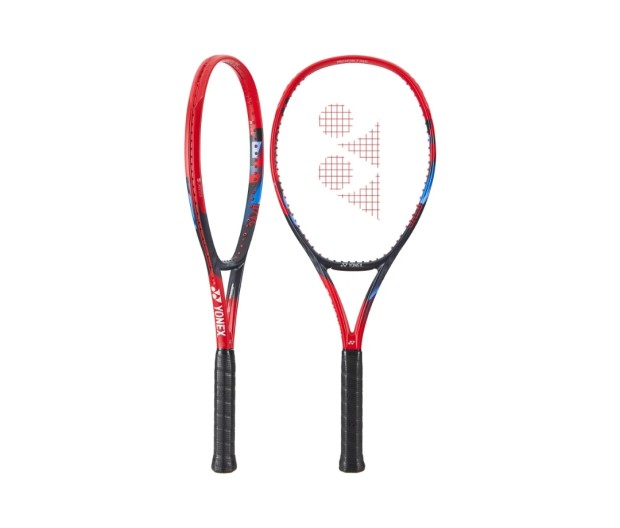
Courtesy Image
Specs:
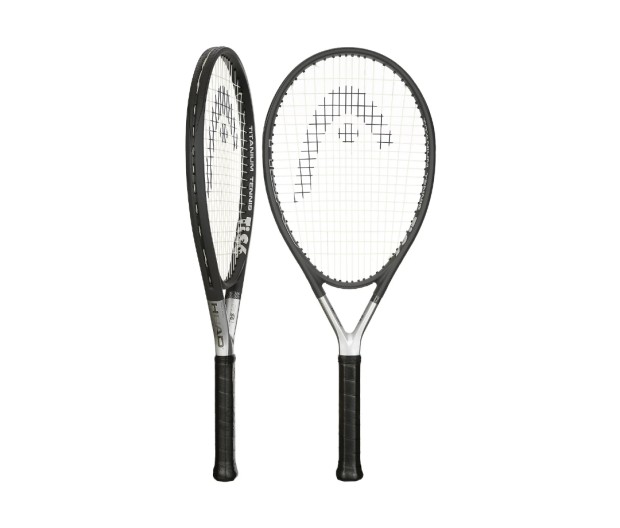
Courtesy Image
Specs:
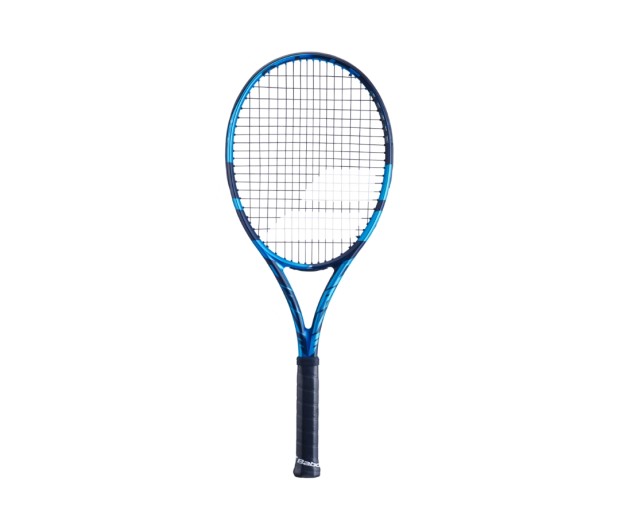
Courtesy Image
Specs:
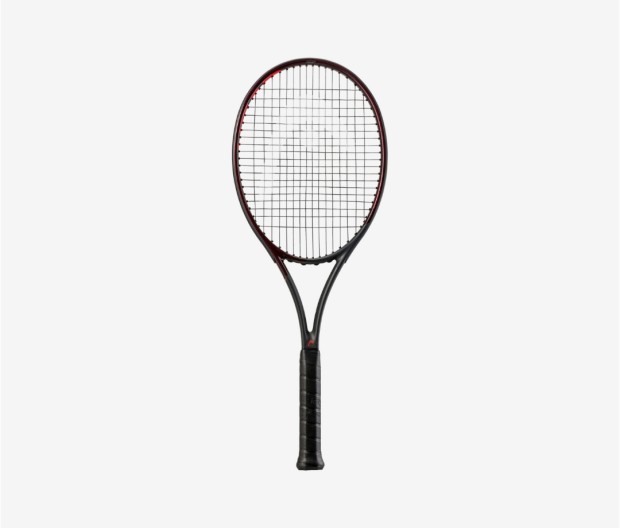
Courtesy Image
Specs:
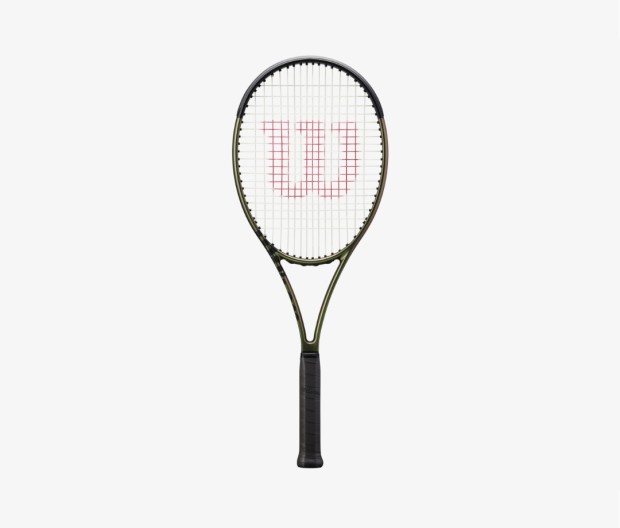
Courtesy Image
Specs:
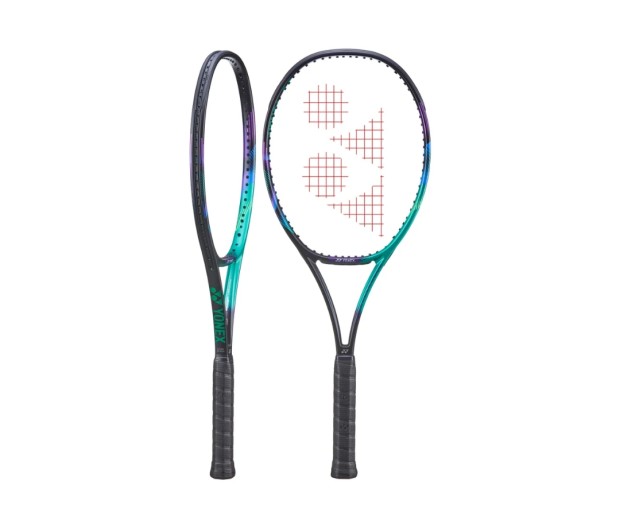
Courtesy Image
Specs:
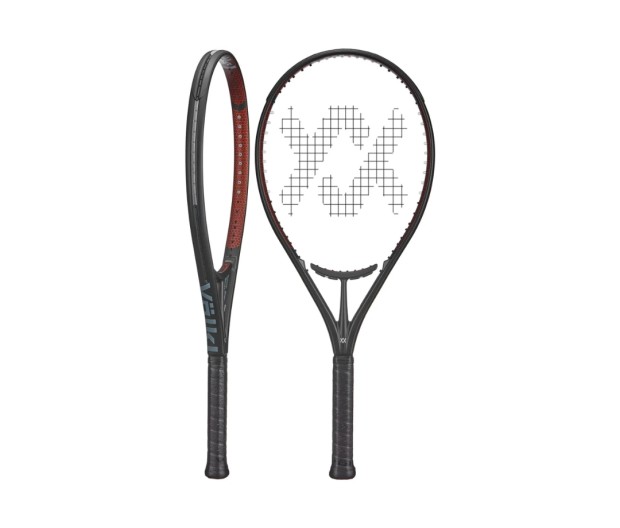
Courtesy Image
Specs:
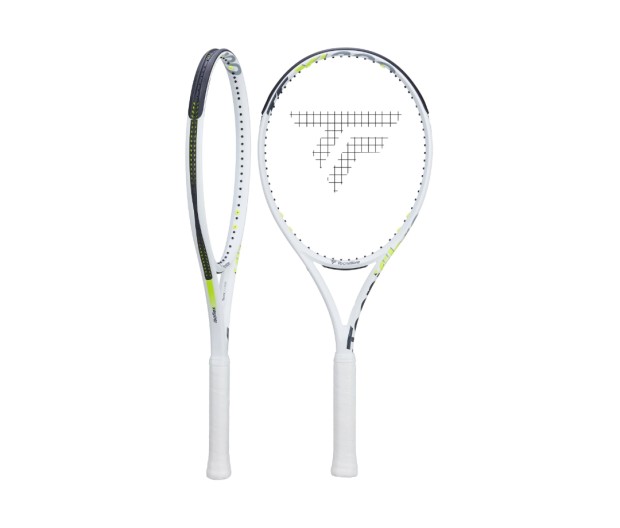
Courtesy Image
Specs:
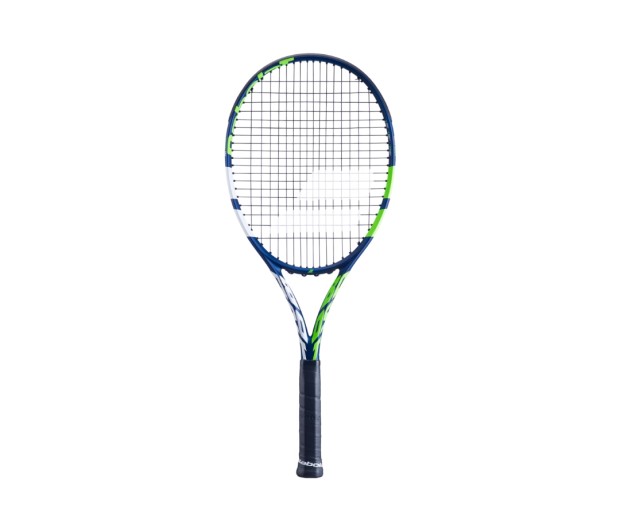
Courtesy Image
Specs:
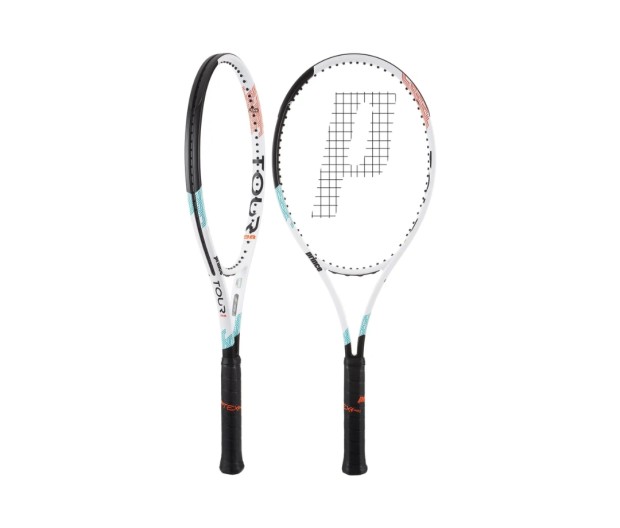
Courtesy Image
Specs:
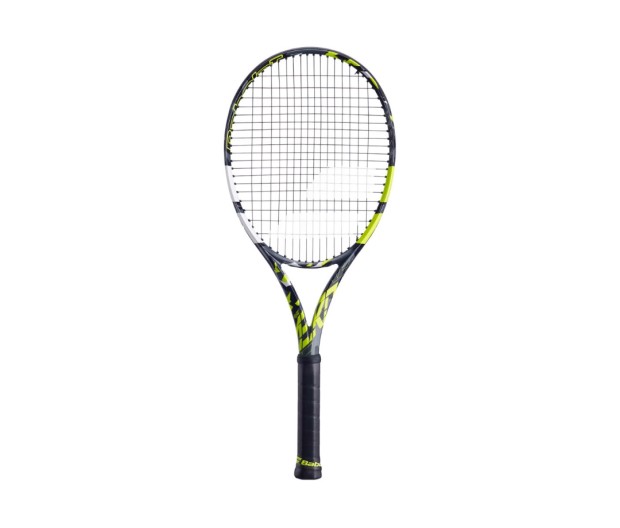
Courtesy Image
Specs:
Source link

